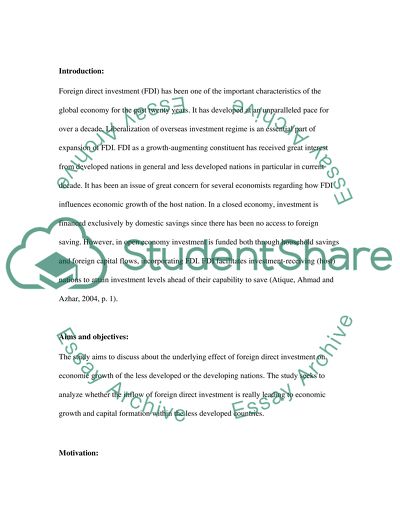Cite this document
(The Impact of FDI on Economic Growth Research Paper, n.d.)
The Impact of FDI on Economic Growth Research Paper. https://studentshare.org/macro-microeconomics/1559971-the-impact-of-foreign-direct-investment-on-economic-growth-of-less-developed-countries
The Impact of FDI on Economic Growth Research Paper. https://studentshare.org/macro-microeconomics/1559971-the-impact-of-foreign-direct-investment-on-economic-growth-of-less-developed-countries
(The Impact of FDI on Economic Growth Research Paper)
The Impact of FDI on Economic Growth Research Paper. https://studentshare.org/macro-microeconomics/1559971-the-impact-of-foreign-direct-investment-on-economic-growth-of-less-developed-countries.
The Impact of FDI on Economic Growth Research Paper. https://studentshare.org/macro-microeconomics/1559971-the-impact-of-foreign-direct-investment-on-economic-growth-of-less-developed-countries.
“The Impact of FDI on Economic Growth Research Paper”. https://studentshare.org/macro-microeconomics/1559971-the-impact-of-foreign-direct-investment-on-economic-growth-of-less-developed-countries.


